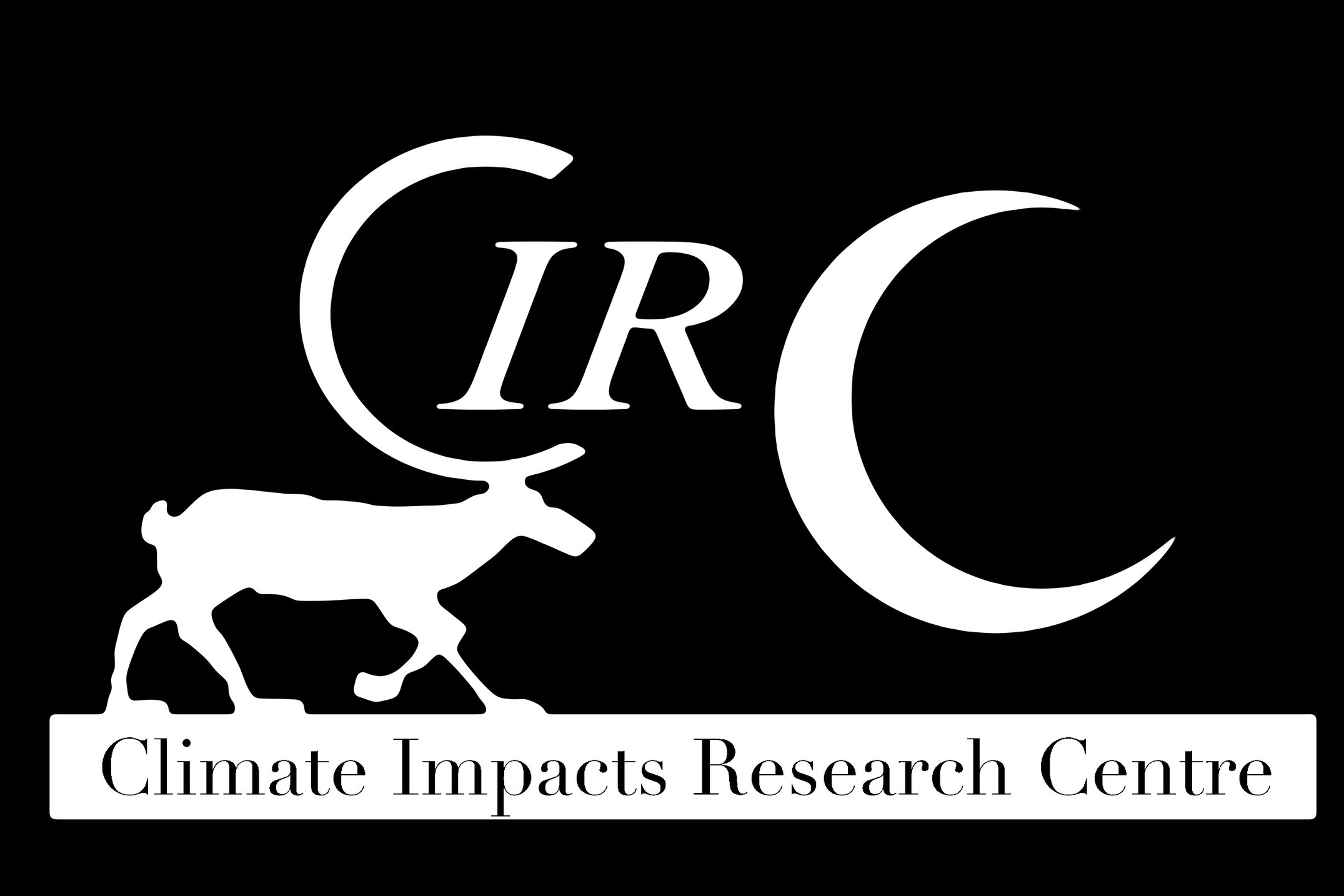Tundra P - Phosphorus transformation across Pan-Arctic tundra ecosystems
Project summary
Phosphorus (P) constrains the activity of plants and decomposers, and therefore carbon storage in many arctic ecosystems, yet our understanding of P availability in the tundra lags behind understanding of the carbon and nitrogen cycles. Climate change induced perturbations in the biogeochemical cycles of elements are most pronounced in the Arctic and warming soils and thawing permafrost could alter the forms and availability of P and likely alter the performance of terrestrial systems. In addition, P strongly limits many arctic streams, that are connected to terrestrial systems by hillslope flow paths (water tracks) that currently strongly retain P and thereby constrain P delivery to streams. Climate induced alterations of the forms and mobility of P on hillslopes could thus cascade down to the aquatic systems. We want to provide a more thorough understanding on how different P forms are distributed across different tundra vegetation types and along a latitudinal boreal forest – tundra gradient and test how the distribution of different P forms interact with biotic and abiotic traits. Specifically, we are studying how the distribution of different P forms relates to abiotic factors, P degrading enzyme activity, plant and microbial community composition and climatic constraints. To characterize different P forms in detail we are using 1-dimensional 31P NMR and 2-dimensional 1H, 31P-NMR. With the research project, we are starting a “journey towards relevance” for P research in tundra ecosystems.
Principal Investigators
Reiner Giesler (lead)
Jurgen Schleucher
Per Persson
Carl-Magnus Mörth
Håkan Wallander
Collaborators
Tamara Harms
Oleg Pokrovsky
Ryan Sponseller
FUNDING
The Swedish Research Council 2019-03510




